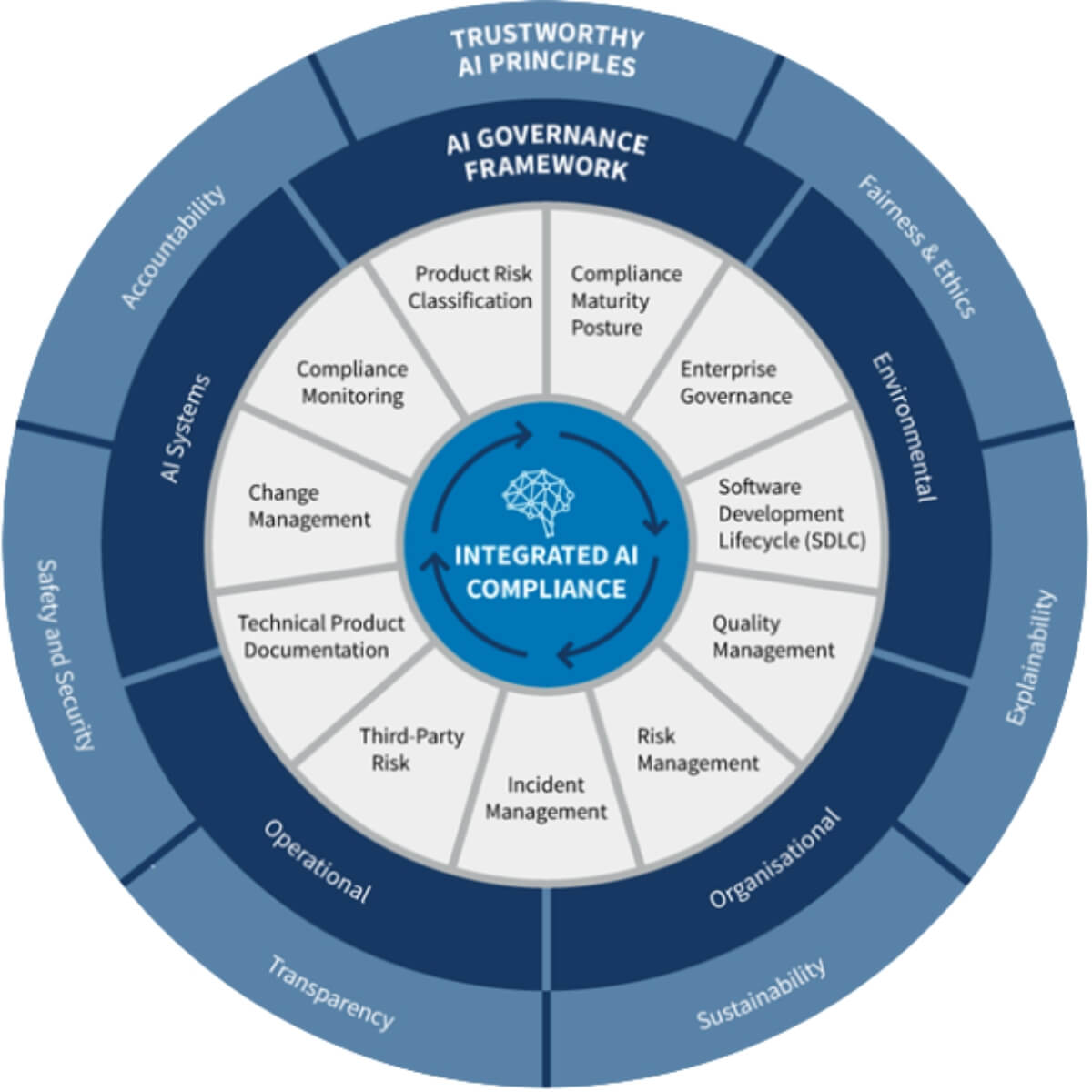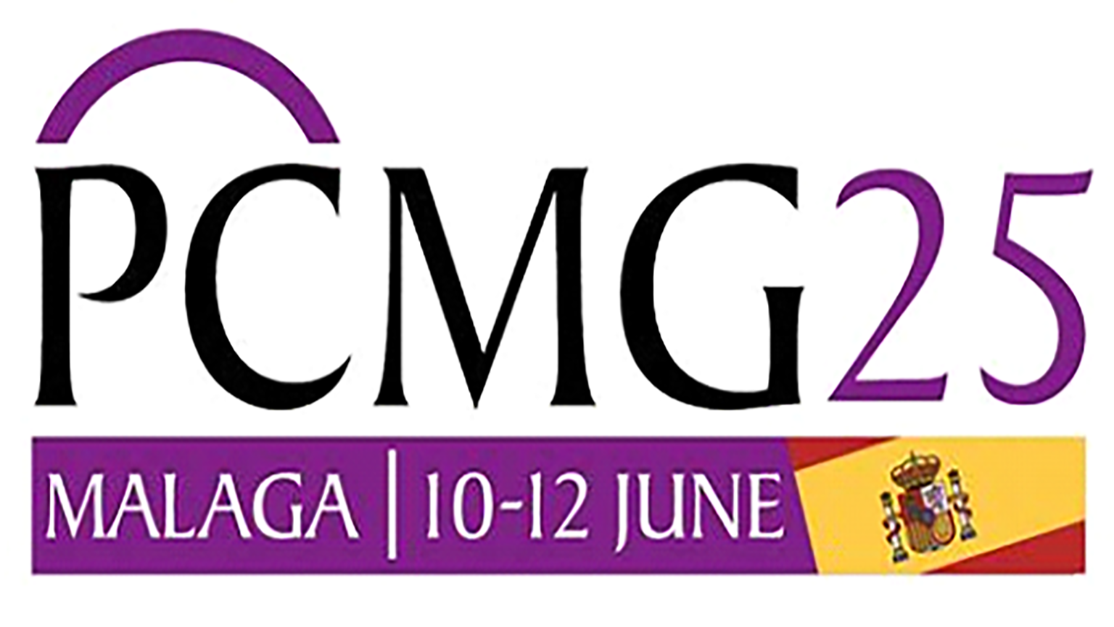
In this case study
Strengthen your processes and increase data-driven decision-making for faster study start-ups.
Strengthen your processes and increase data-driven decision-making for faster study start-ups.
In this case study
Strengthen your processes and increase data-driven decision-making for faster study start-ups.
RESOURCES
Explore Expert Insights and Resources for Clinical Excellence

Webinars
Join Strategikon CEO Anca Copaescu and Andrei Antonescu, Head of Product for a high-impact session exploring how Artificial Intelligence (AI) is transforming clinical outsourcing and vendor management in the pharmaceutical industry. While AI has rapidly advanced in areas like patient recruitment and drug discovery, clinical business operations have lagged—until now.

Blogs
Effective vendor governance is essential to ensure operational success, cost efficiency, and regulatory compliance. Learn more here in our blog!

Case Studies
DEMO
Request a demo
Discover how Strategikon’s advanced solutions can streamline your clinical trial operations. Request a personalized demo to explore how our tools transform budgeting, vendor management, and outsourcing efficiency for pharma and biotech.




















